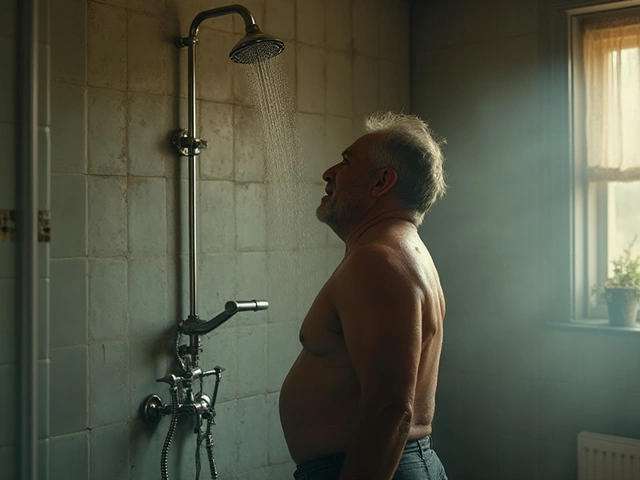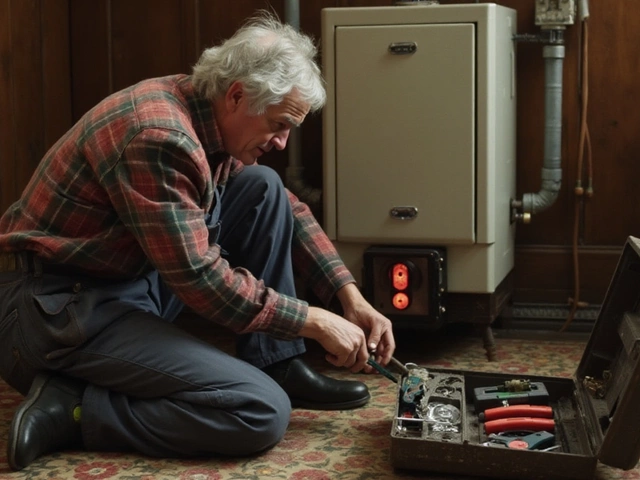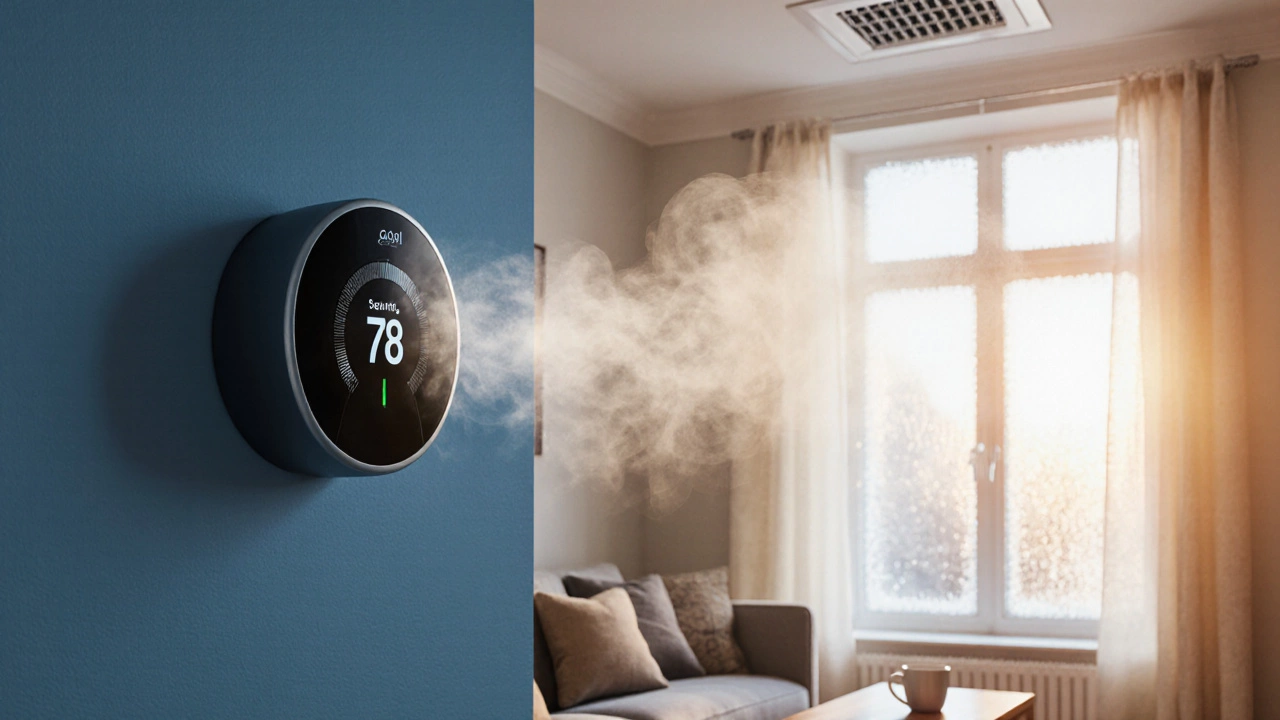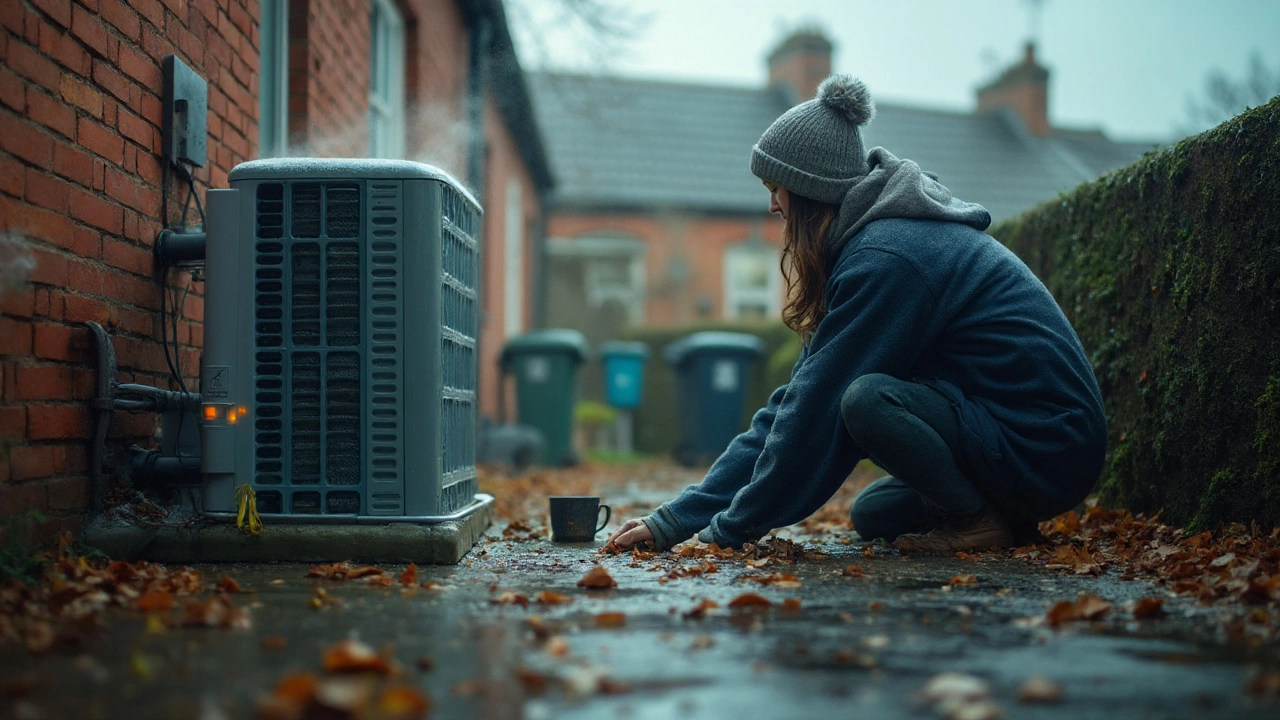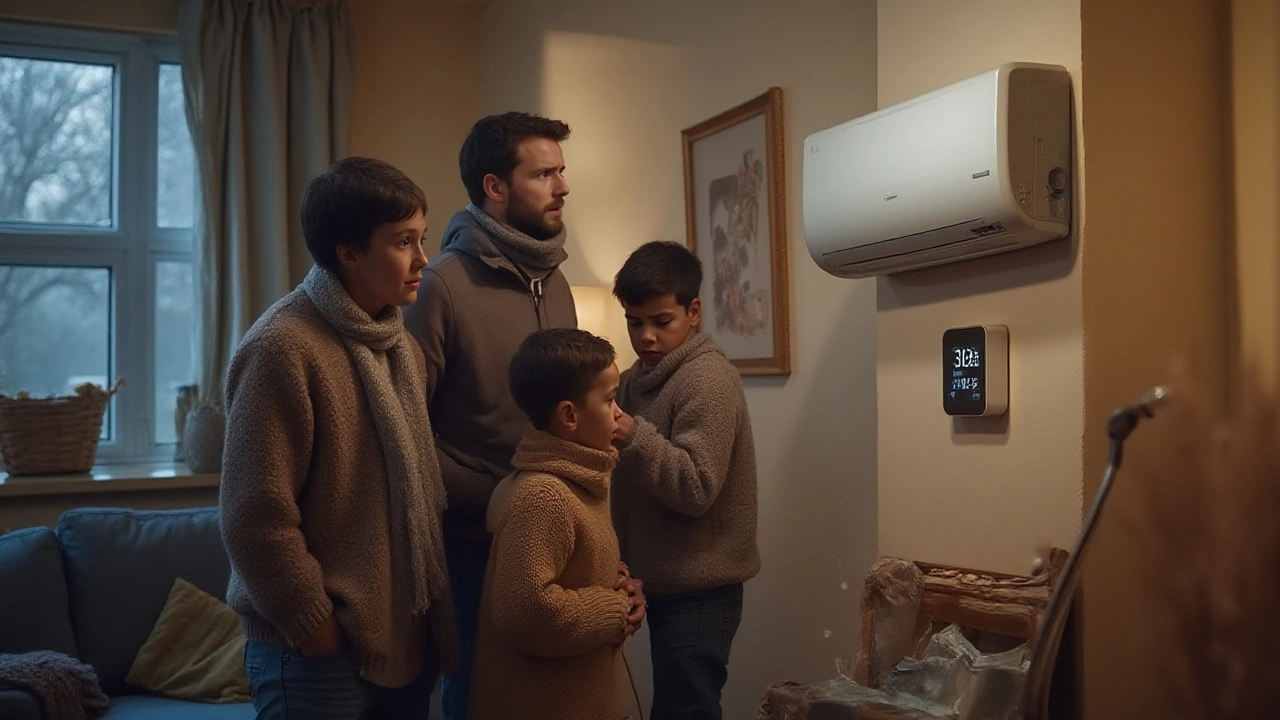Heat Pump Troubleshooting: Simple Steps to Get Your System Working
If your heat pump is acting up, you don’t have to panic. Most issues are caused by a few easy‑to‑check things. By following a quick checklist you can often pinpoint the problem, fix minor faults yourself, and decide if a professional is really needed. This guide walks you through the most common symptoms, what to inspect, and how to keep your unit running efficiently.
Typical Signs Your Heat Pump Needs Attention
Start by noticing what’s wrong. Is the unit not heating, blowing cold air, making strange noises, or cycling on and off rapidly? Each symptom points to a different culprit. For example, a lack of heat usually means a refrigerant issue or a stuck thermostat, while odd buzzing could be a failing fan motor. Write down exactly what you see – it makes troubleshooting a lot smoother.
Another red flag is a sudden spike in your energy bill. Even if the pump seems to work, if it’s running longer than usual it might be struggling with dirty coils, clogged filters, or low refrigerant charge. Keep an eye on the temperature drop across the indoor and outdoor units; a small delta means the system isn’t transferring heat efficiently.
DIY Checks Before You Call a Technician
1. Power and Reset: Verify the breaker hasn’t tripped and the switch is on. Many heat pumps have a reset button on the indoor unit – press it and see if the system restarts.
2. Air Filters: Dirty filters restrict airflow and force the compressor to work harder. Remove the filter, give it a gentle vacuum or wash it if it’s washable, then reinstall.
3. Outdoor Unit Clean‑up: Clear leaves, snow, or debris from around the outdoor coil. Use a garden hose on a low setting to rinse off dust; avoid high pressure which can bend fins.
4. Thermostat Settings: Make sure the thermostat is set to “heat” (or “cool” for summer) and the temperature is higher than the current room temp. Some models have a “hold” or “eco” mode that can limit output.
5. Inspect Fins and Vents: Bent fins reduce airflow. A fin comb (available at hardware stores) can straighten them. Also check that indoor vents aren’t blocked by furniture.
If any of these steps restore normal performance, great – you saved a call‑out fee. If the problem persists, note down what you’ve tried and the exact symptoms; this information speeds up a technician’s diagnosis.
Common problems that usually need a pro include refrigerant leaks, failing compressors, or electrical faults inside the control board. Trying to fix these yourself can be dangerous and may void warranties.
Regular maintenance can prevent most of the above. Schedule a professional check‑up once a year, replace filters every 1‑3 months, and keep the outdoor unit clear year‑round. A well‑maintained heat pump lasts longer, runs quieter, and saves you money on bills.
In a nutshell, start with power, filters, and clear‑away debris. If those quick fixes don’t work, grab a notebook, jot down the symptoms, and call a qualified heat‑pump repair service. With the right approach you’ll get heat back in your home faster and avoid unnecessary expenses.

